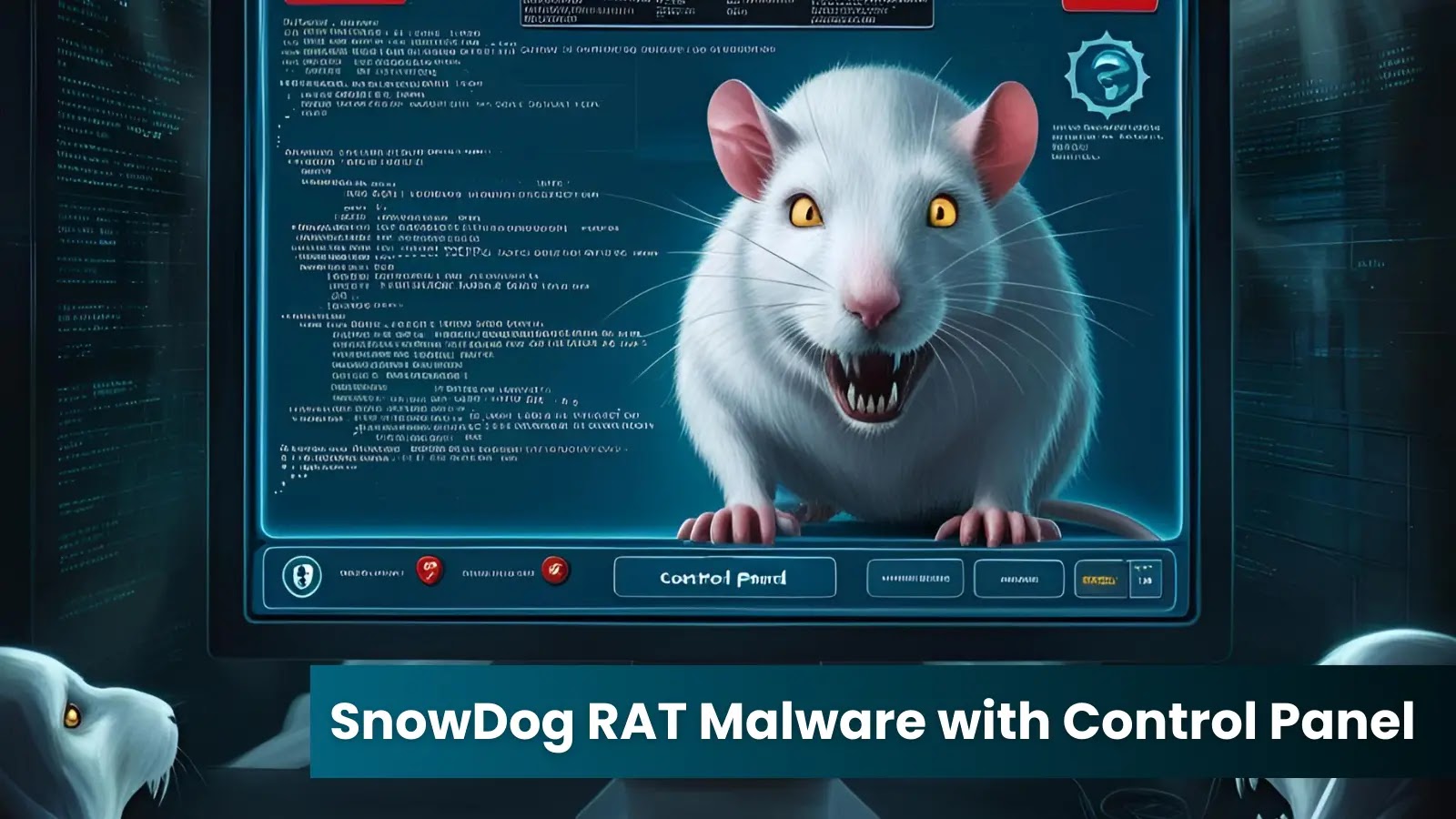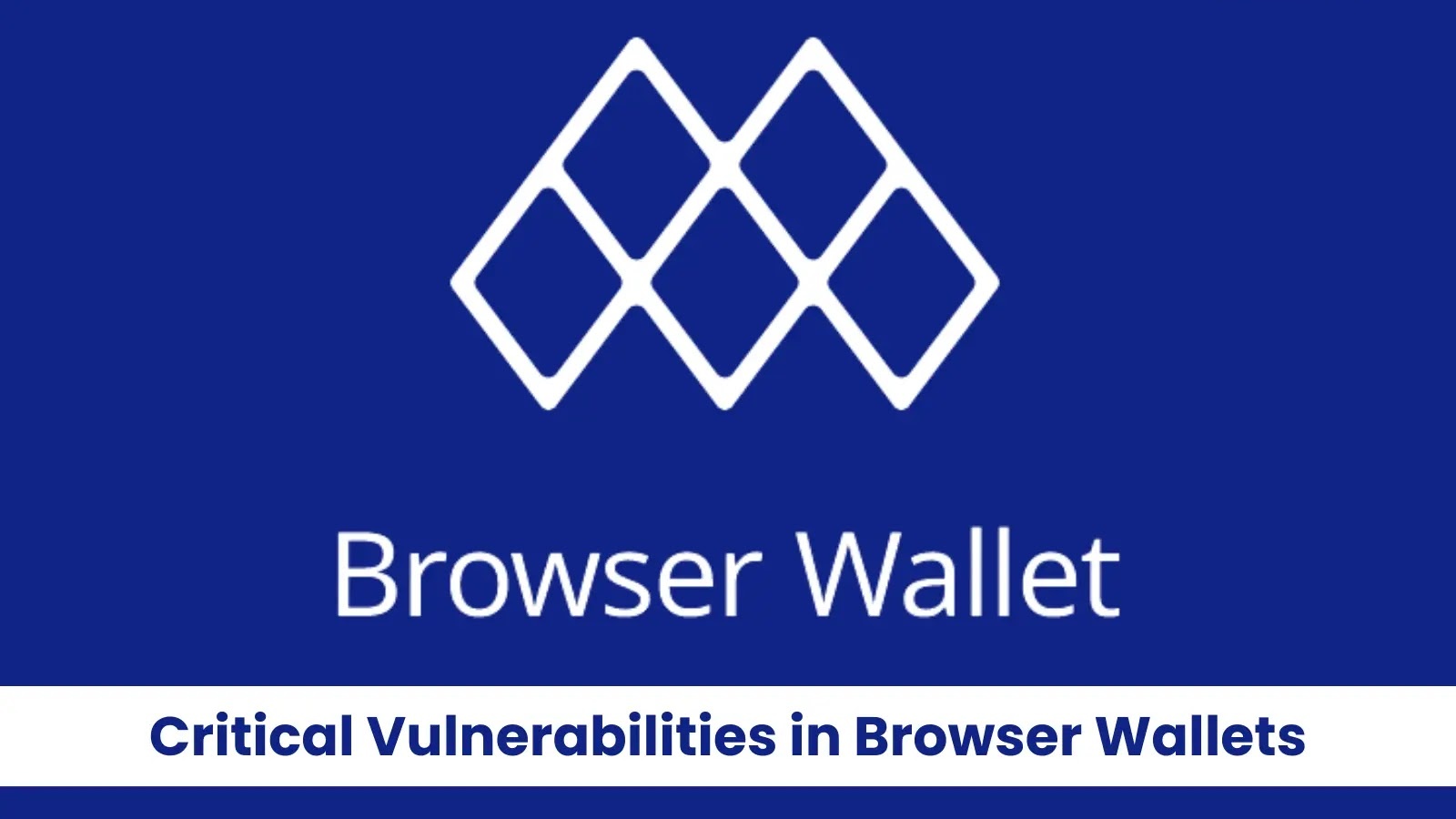In the ever-evolving landscape of cyber threats, a new Remote Access Trojan (RAT) named SnowDog RAT has surfaced, reportedly being marketed on hacker forums for $300 per month. This sophisticated malware appears to be specifically designed for corporate espionage and targeted attacks on business environments, posing a significant risk to organizations worldwide.
Advanced Capabilities and Features
SnowDog RAT is advertised as offering an extensive array of intrusion and persistence features that make it particularly dangerous. One of its standout features is a web-based command and control (C2) interface, enabling attackers to remotely manage infected systems with ease. This interface facilitates the creation of the RAT payload and various delivery methods, including HTML-to-DOCM and ISO file conversion techniques, enhancing the malware’s versatility in infiltrating target systems.
The malware reportedly allows attackers to download files and directories from compromised machines with a single click. Additionally, it can execute files directly from memory within system processes, employing a living off the land technique that helps evade detection by traditional security solutions. This method involves using legitimate system tools for malicious purposes, making it challenging for security software to identify and block the malicious activity.
Technical Specifications and Delivery Mechanisms
Security analyses of the advertisement reveal that SnowDog RAT utilizes advanced techniques reminiscent of those seen in state-sponsored attacks. The malware reportedly creates unique fly assemblies for each target, implements transport connectors for communication, and leverages TOR networks for bot control to obfuscate command traffic. These features collectively enhance the malware’s stealth and effectiveness in compromising target systems.
To establish persistence, SnowDog RAT starts from trusted process memory and opens web console connections with remote machines using administrator rights. This grants the attacker full PowerShell command execution capabilities, allowing for lateral movement within compromised networks. Such capabilities enable attackers to navigate through an organization’s network, access sensitive information, and deploy additional malicious payloads.
Implications for Corporate Security
The emergence of SnowDog RAT underscores the evolving nature of cyber threats targeting corporate environments. Remote Access Trojans like SnowDog represent a hazardous category of malware. Once installed, RATs typically run silently in the background without appearing in active programs or task lists, maintaining an ongoing communication channel with command and control servers. This stealthy operation allows attackers to monitor user activities, steal sensitive information, and deploy additional malicious payloads without detection.
The advertisement’s mention of targeted attacks on corporations indicates that SnowDog RAT is being marketed for potential corporate espionage or ransomware deployment. Similar RATs have been used in sophisticated attacks to steal sensitive information, capture keystrokes, activate webcams, take screenshots, and even download additional malicious payloads. For instance, the Warzone RAT has been implicated in numerous cyberattacks, leading to significant data breaches and financial losses for affected organizations. ([govinfosecurity.com](https://www.govinfosecurity.com/authorities-take-down-seller-widely-used-rat-malware-a-24338?utm_source=openai))
Recommendations for Mitigation
To defend against threats like SnowDog RAT, organizations should implement a multi-layered security approach:
1. Email Filtering and User Awareness: Implement robust email filtering to detect and block phishing attempts, which are common delivery methods for RATs. Conduct regular user awareness training to educate employees about the risks of phishing and the importance of not engaging with suspicious emails or attachments.
2. System Updates and Patch Management: Keep all systems and software updated with the latest security patches to close vulnerabilities that could be exploited by malware.
3. Endpoint Protection: Utilize behavior-based endpoint protection solutions that can detect and respond to suspicious activities indicative of RAT infections.
4. Network Monitoring: Maintain comprehensive network monitoring to detect unusual data transfers or communication patterns that might indicate RAT activity.
5. Application Allowlisting and Network Segmentation: Implement application allowlisting to control which applications can run on systems, reducing the risk of unauthorized software execution. Network segmentation can limit the potential damage if a system becomes compromised by restricting the movement of malware within the network.
By adopting these measures, organizations can enhance their resilience against sophisticated threats like SnowDog RAT and protect their sensitive information from unauthorized access and exfiltration.



